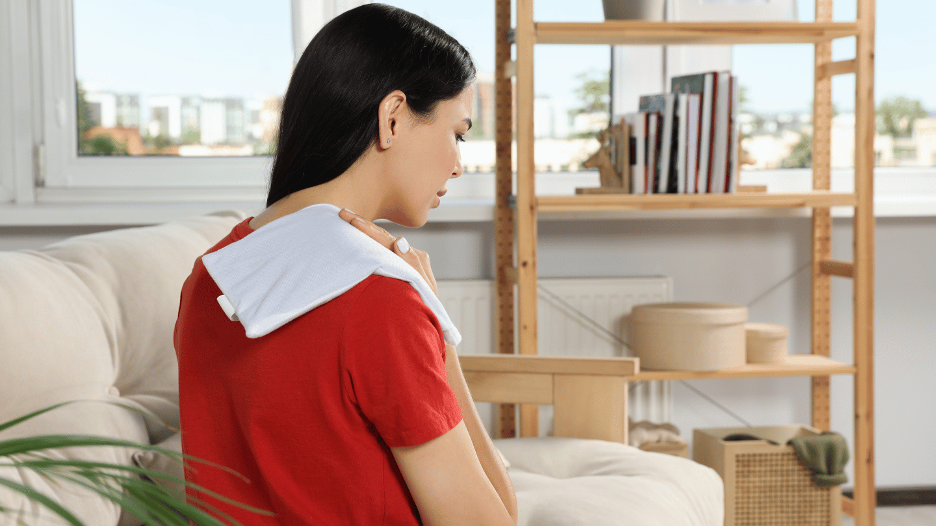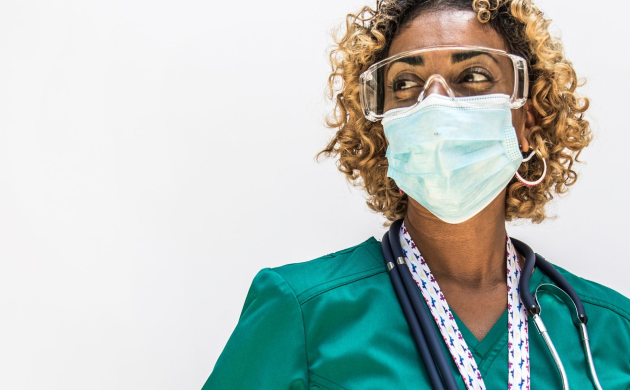
Stay warm, stay safe: tips to prevent heating pad burns.
There’s nothing quite like the comforting warmth of a heating pad on a chilly day. Whether you’re soothing sore muscles or just trying to stay cozy, heating pads are a reliable comfort tool. But here’s the catch—if you’re not careful, that soothing warmth can turn into a painful burn. Let’s make sure that doesn’t happen!
What are heating pad burns?
Heating pad burns happen when your skin is exposed to too much heat for too long. These burns can range from mild to severe, depending on factors like:
- Duration of exposure. The longer your skin is in contact with the heating pad, the greater the risk.
- Temperature settings. Higher temperatures can quickly cause burns if you're not paying attention.
- Skin sensitivity. Some areas of your skin might be more sensitive, making them more prone to burns.
Common symptoms of heating pad burns.
Heating pad burns can show up as:
- Redness or irritation on the skin.
- Blisters that might form after prolonged exposure.
- Pain ranging from mild discomfort to sharp stinging.
Knowing these symptoms can help you catch a burn early and treat it before it gets worse.
Treating heating pad burns.
If you do end up with a burn, don’t panic. Most heating pad burns are minor and can be treated at home.
However, it's important to note that the advice provided here is for general informational purposes only. For specific medical advice, always consult a healthcare professional.
Here’s what you can do:
- Cool the burn. Immediately remove the heating pad and gently apply cool (not cold) water to the burn area. This helps reduce the temperature and prevent further damage.
- Avoid ice. While it might be tempting to use ice, it can make the burn worse by further damaging the skin.
- Cover with a clean bandage. Protect the burn with a sterile bandage or clean cloth. This helps prevent infection and keeps the area clean.
- Apply aloe vera. Aloe vera is your skin’s best friend. Apply a layer of aloe vera gel to soothe the burn and help it heal faster.
- Pain relief. Over-the-counter pain relievers like ibuprofen or acetaminophen can help manage any discomfort.
| Burn Severity | Treatment at Home | When to Seek Medical Help | ||
| Mild (redness, irritation) | Cool the burn, apply aloe vera, cover with a bandage | If it doesn't improve in a few days | ||
| Moderate (blisters, pain) | Cool the burn, apply aloe vera, avoid popping blisters | If blisters are large or painful | ||
| Severe (deep blisters, swelling) | Cover and seek medical attention immediately | Always seek medical help for severe burns |
Treating minor burns at CityMD.
Sometimes, a burn might need more than just home care. If your burn is painful, doesn’t seem to be healing or if you’re just unsure, it’s always better to be safe. CityMD is here to provide the professional help you need.
When to visit CityMD for a burn.
- Blisters that are large or very painful.
- Burns on sensitive areas like the face, hands, or joints.
- Signs of infection such as increased redness, warmth, or pus.
At CityMD, our healthcare professionals will assess the burn, provide the necessary treatment, and ensure you’re on the right path to healing.
Final thoughts: stay warm, stay safe!
Heating pads are wonderful tools, but like any source of heat, they need to be used carefully. Keep an eye on the temperature, limit your exposure time and always listen to your body. If you do experience a burn, follow the steps above to treat it. And remember, CityMD is just around the corner if you need us.
Stay warm, stay safe and keep cozy without the burns!
Ready to get care? Find your nearest CityMD location, and let us help you feel better.

We’re ready to care for you.
Visit any CityMD urgent care location in your community today for an evaluation with one of our expert providers.